Going green isn’t just a trend, it’s artists shaping the future with bold creativity and a fierce commitment to change.
Green really is the new black. The art world has discovered compostable chic, recycled paper, plant-based resins, and eco-friendly paints that might as well be smoothies.
But this is more than feel-good art, it is a new value system. Collectors want to know where your pigment was mined and curators ask how your work even got to the gallery. Suddenly, shipping crates aren’t just boxes, they’re moral dilemmas.
This isn’t a guilt trip, it’s a plot twist. Once seen as a homework assignment “art with a conscience” is now a market category reshaping how artists create, install, and price their work. And honestly, no one wants to be the last one using toxic varnish in a room filled with the scent of eucalyptus and rolling eyes.
Some artists have already turned sustainability into their superpower. Olafur Eliasson makes climate change uncomfortably real with Ice Watch, his massive installations of melting glacial ice in city squares and with Little Sun, the solar-powered lamp that brings together design and practicality.
Agnes Denes did it decades earlier, growing a wheat field in Manhattan and later a human-planted forest in Finland, proving that environmental urgency and poetic vision can share the same soil. The art world isn’t your diary. Keep it clean, keep it killer. collects ocean plastic and transforms it into dazzling color storms like Plastic Ocean, pulling us in with beauty before forcing us to face the waste.
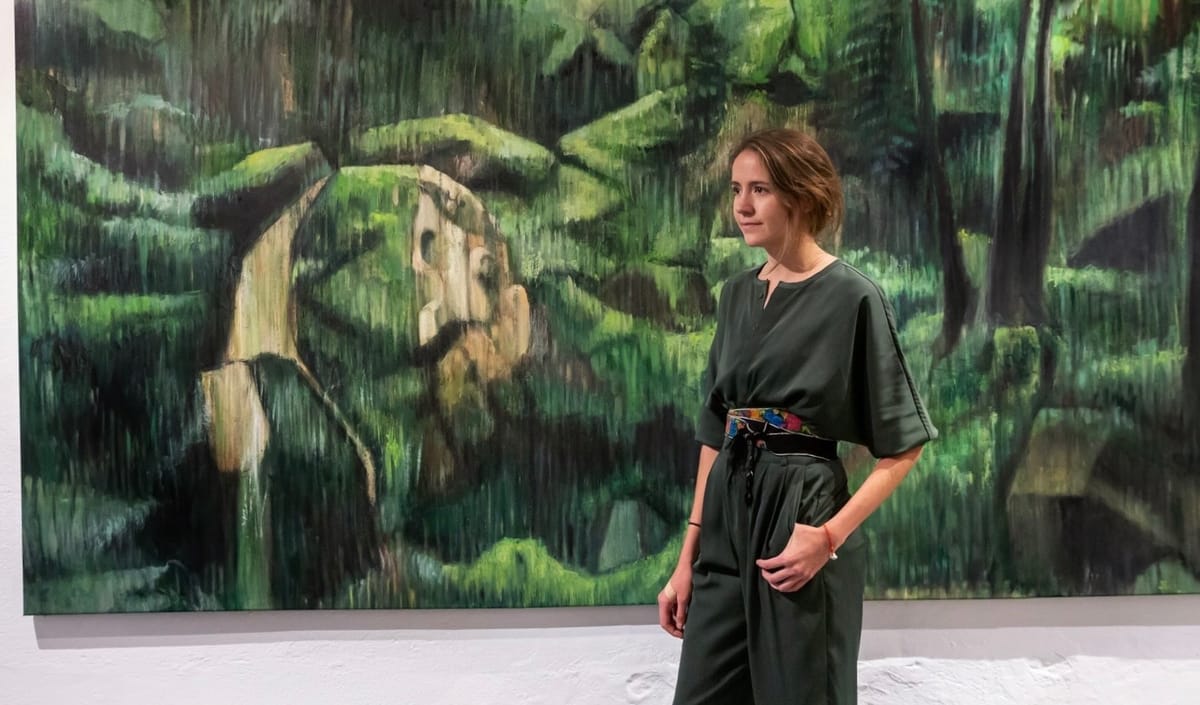
Nature, Rewritten by Contemporary Artists
Technology joins the movement. Daan Roosegaarde literally cleans the air with his Smog Free Project, turning pollution into jewelry and awareness into design. El Anatsui’s monumental sculptures shimmer with discarded bottle caps, their beauty shadowed by stories of consumption and colonial trade. Aurora Robson bends plastic waste into delicate, luminous forms that seem to breathe apology. Even the street speaks up: Shepard Fairey threads environmental rebellion into his murals, and Bordalo II builds roaring animals from urban trash, making the city itself confess.
Artists have always been more than makers of things. They are the voices of their time, the ones who hold a mirror to our contradictions and make us see what we’d rather scroll past.
From Goya to Guerilla Girls, from wheat fields to ice blocks, artists have narrated revolutions, climate crises, wars, and quiet hopes. They translate chaos into clarity and keep humanity honest.
Activism is no longer a side hustle, it’s the medium. Artists making waves post, protest, and provoke, proving that beauty and resistance can share the same wall. It’s loud, risky, and sometimes performative, but silence is worse. The market has caught on: passion sells faster than pigment. Ignore it and risk fading into the algorithmic background.

Where nature evolves in motion
Behind the scenes, the revolution runs on spreadsheets. Provenance tech and blockchain certificates give collectors more than signatures; they offer full traceability. You can follow an artwork’s life like a reality show, minus most of the drama. After years of forgery scandals, transparency feels unexpectedly sexy.
So where does that leave the artist? Somewhere between innovator, archivist, and accidental entrepreneur. Keeping up with sustainability, social demands, and tech shifts isn’t optional. It’s survival. Embrace digital tools or biodegradable materials and you might open new doors. Ignore it and you might find the art world leaving you behind.
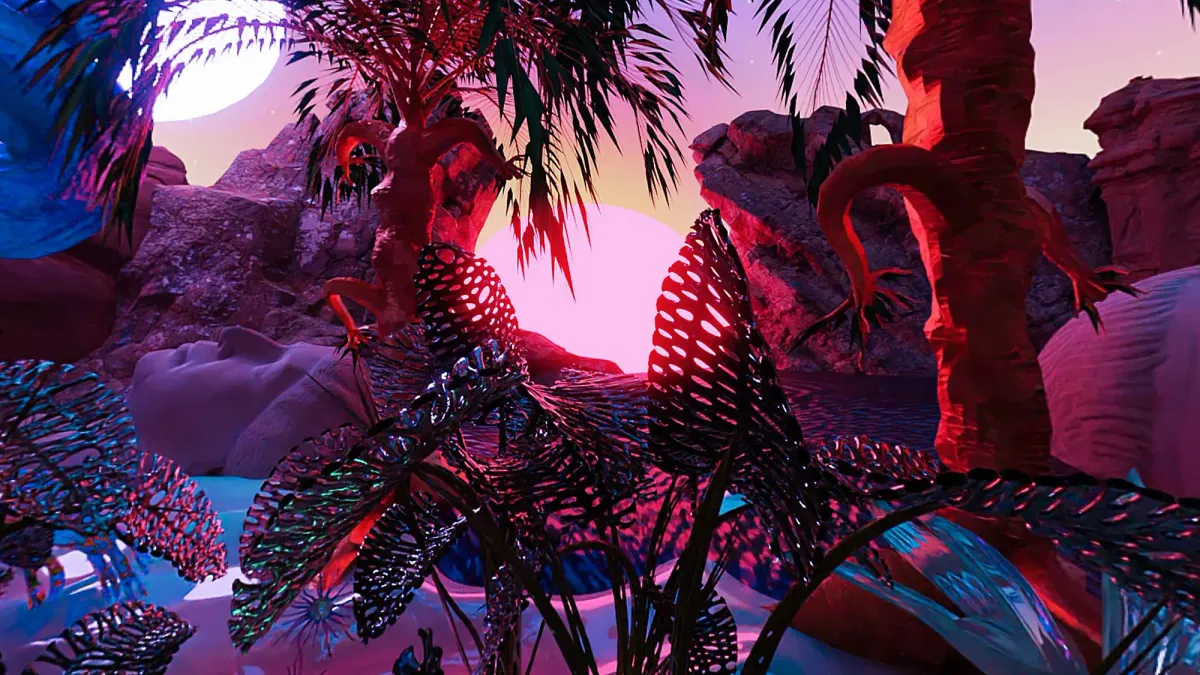
Techno-Organic Realms
I’m trying to keep up too, honestly.
The art world moves faster than my recycling bin. Still, there’s hope. Every brushstroke that questions the system, every recycled scrap turned statement, adds up.
Change is messy, but hey, so is paint.
Dominique’s Lost in Translation.
New series every Tuesday.
If nothing breaks, burns, or beeps.


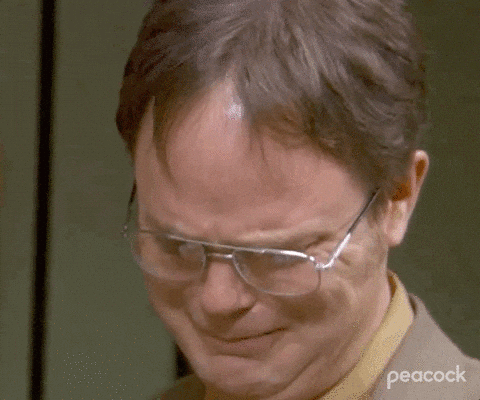



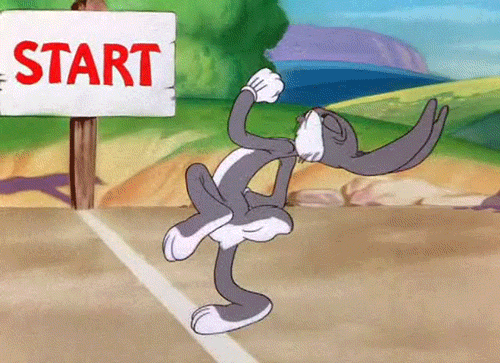
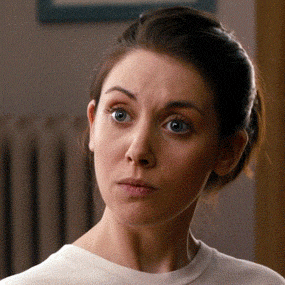
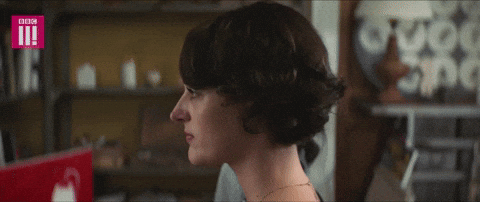


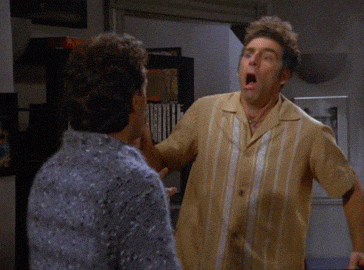
Member discussion